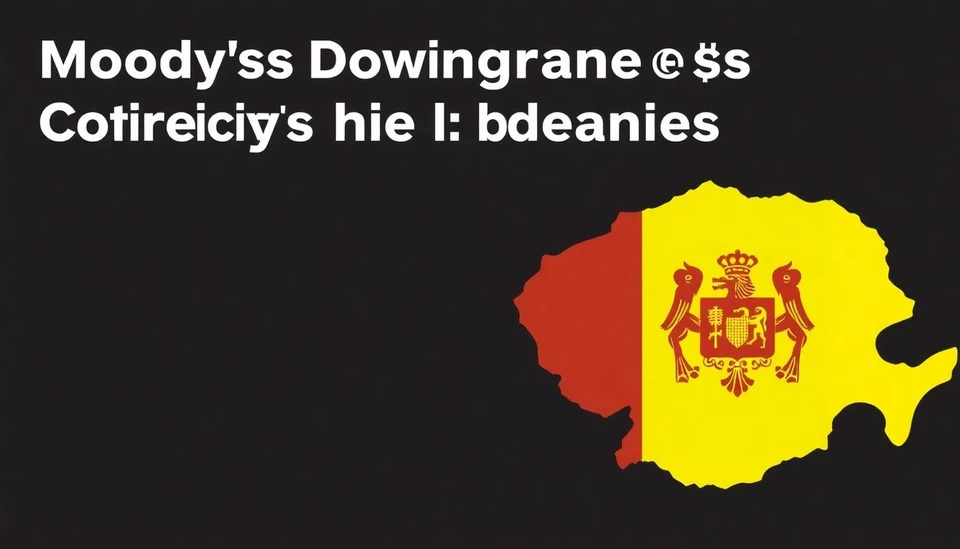
In a decisive move reflecting the economic climate, Romania's central bank has opted to maintain its interest rates, a decision largely influenced by the escalating risks associated with international tariffs. The central bank’s stance comes as a response to mounting inflationary pressures stemming from both local and foreign markets, and this approach is aimed at fostering economic stability while navigating an increasingly complex global landscape.
The current interest rate remains at 7.00%, consistent since October 2022, when the central bank engaged in a series of rate hikes to combat inflation. Economists and analysts had anticipated this decision, particularly given recent trends in international trade that could potentially exacerbate domestic inflation concerns. This cautious approach signifies the bank's commitment to preventing further economic destabilization in a period marked by uncertainty.
The central bank's decision also reflects its assessment of the significant impacts tariffs are having on Romania's economic health. With increasing costs on imported goods, the Romanian economy is experiencing heightened inflationary pressures, a situation that officials are keen to mitigate to ensure long-term financial stability. The central bank has made it clear that its primary goal remains safeguarding against these risks while still fostering a growth-friendly environment.
Key economic indicators display a mixed picture, reinforcing the bank's decision. Consumer confidence has shown some signs of strain, contributing to concerns regarding expenditure patterns amidst rising prices. Moreover, the bank's forecasts suggest that inflation may persist above target levels for the foreseeable future, necessitating a vigilant stance on monetary policy.
Observers point out that keeping rates stable aligning with governmental efforts to stimulate economic growth could ultimately benefit the broader market. As Romania integrates into the larger European economic framework, the management of local monetary policy must take into further account international influences such as ongoing trade disputes and tariff implementations that threaten stability and growth across the region.
In conclusion, Romania's central bank has strategically chosen to hold interest rates steady in an effort to combat the upward inflationary trends driven by external tariff pressures. This measured response seeks to ensure that the economy retains its footing amid challenges, making it a critical moment for both policymakers and market participants as they navigate these turbulent waters.
As Romania's economic landscape continues to unfold, all eyes will be on the central bank’s next steps, particularly how they will react to potential shifts in both domestic and global economic conditions.
#Romania #CentralBank #InterestRates #EconomicStability #Tariffs #Inflation #MonetaryPolicy #GlobalEconomy
Author: Rachel Greene




